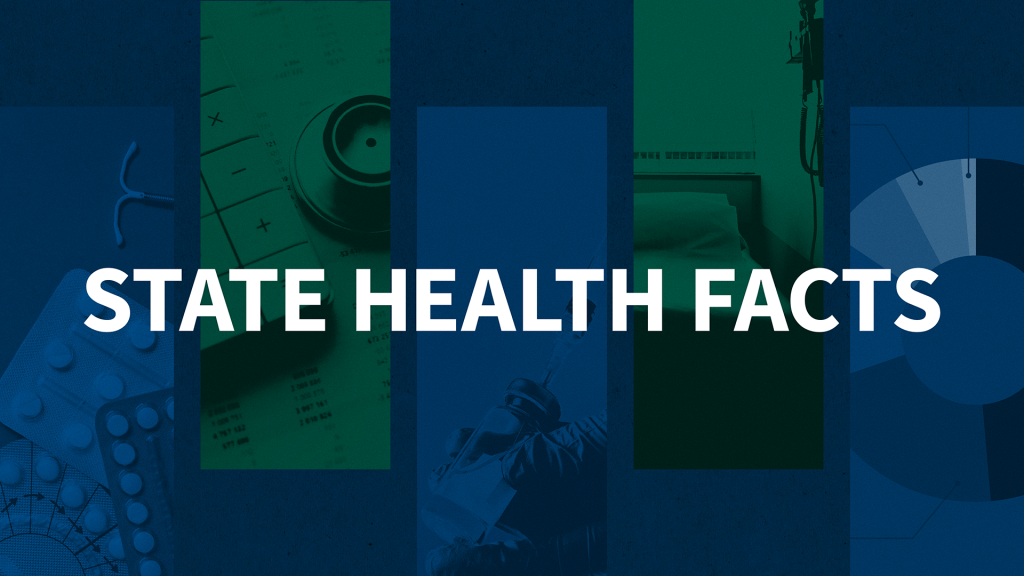Disparities in Health Coverage, Access, and Quality: The Impact of Citizenship Status and Language on Low-Income Immigrants
This brief policy analysis examines the relative roles of race/ethnicity, citizenship, and language on insurance coverage, access to care, and quality of care, with a particular focus on the low-income Latino population. Brief Policy Analysis (.
